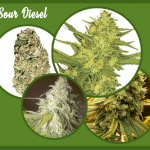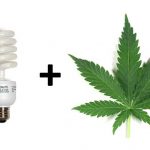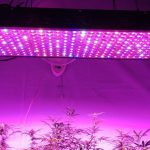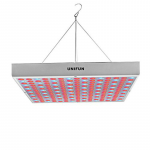As much as cannabis is resilient, growing the plant is challenging, especially to first time and some experienced growers. You can have your crops looking good at one time but come the following day, they exhibit damaged leaves due to cannabis heat stress, even after following all the required schedules of lighting, feeding, and watering correctly.
Cannabis plants need heat for their healthy growth and proper development. However, too much heat causes stress leading to improper plant development and growth, leading to poor and low-quality yields.
Cannabis plants also need stable temperature levels for faster root development and overall growth. Seeds may not germinate, and the plants will not grow if the grow room is too cold. You should always maintain the right temperatures to prevent stunted crop growth, especially at night, for abundance yields with strong stems and leaves.
While maintaining the right temperature levels to avoid extreme cold situations, you should be careful not to feed your cannabis plants with too much heat because that will lead to disaster. It is possible to prevent the destruction of heat stress causes to the plants by maintaining the correct light balance, among other things.
Signs of Heat Stress

Identifying cannabis heat stress is easy as the telltale signs are visible, with the leaves being the first casualties. When exposed to heat stress, the leaves take a withered and dry look, with the ends curling upwards just as they do in the case of overfeeding. However, in overfeeding, the whole leaf curls, whereas heat stress causes only the ends to curl.
Other signs include blotches and spots manifesting themselves on the leaves in irregular shapes and yellow discoloration patches. The leaves mostly affected by heat stress are those around the plant perimeter and those at the top of the canopies because they are directly under the lights or too close to the lamps.
Low humidity in the grow tent or arid climate locations is also a major cause of the heat stress of cannabis plants. Plants growing in these circumstances are susceptible to cupped leaves and leaf discoloration. The heat may not seem too harsh, but you can only expect destruction on your plants once it combines with low humidity.
Some growers grow their crops in low humidity places to prevent top rot, but once they forget to keep heat levels stable, the leaves start changing due to stress. During the cannabis life cycle, the flowering phase gets the brunt of heat stress much more than other phases. Plants are at their peak growth during this stage, with many reaching their maximum heights, reducing the distance between the canopies and the lights.
If you fail to keep a good distance between the flowering plants and lights, overheating damages the leaves. Once this happens, you will end up with buds with much lower potential than anticipated. The abnormal bud formation manifests in foxtailing, which occurs due to the buds’ proximity to the grow lights.
Unnecessary light during the flowering phase also leads to buds displaying new growth at the top at much higher rates than they do with the bottom buds at the bottom. The appearance becomes a problem because it leads to the formation of white pistils that give the assumption that the buds are not ready for harvesting.
The appearances are also a sign of overheating. If this happens, look at the bottom buds’ appearance to make a better decision on whether the buds are ready for harvesting or not since they provide the best maturity signs.
Read next: How To Detect And Treat Cannabis Light Burn
Managing Heat Stress Indoors
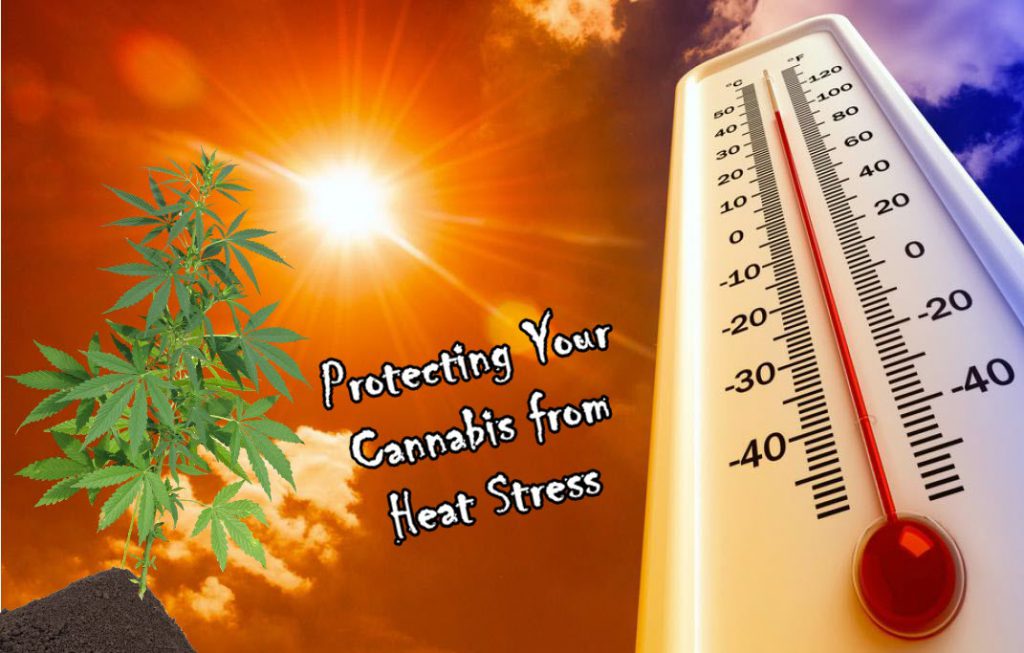
Regulating indoor temperatures is challenging, especially to growers that live in low humid and hot/dry climates. Summers in these places are not easy to deal with because you have the natural heat and heat from the grow lights.
Even those that live in places with much friendlier climates still find it challenging to regulate lighting levels in grow tents. However, with the following adjustments and grow tent improvements, you van avoid cannabis heat stress from affecting your plants.
Use fans
Using fans in the grow room is the cheapest and simplest solution to preventing heat stress. Fans create a convection current in the grow space that disrupts hot and still air for a cooler growing environment. The cool air stresses the plants helping them grow with strong and thick stems.
[amazon bestseller=”inline fans for grow room”]Use air conditioning units
Air conditioning units do not come cheap, but if you live in places that experience hot temperatures, they come in handy in providing ample circulation of cool air in the grow tent.
Adjust the positioning of the lights
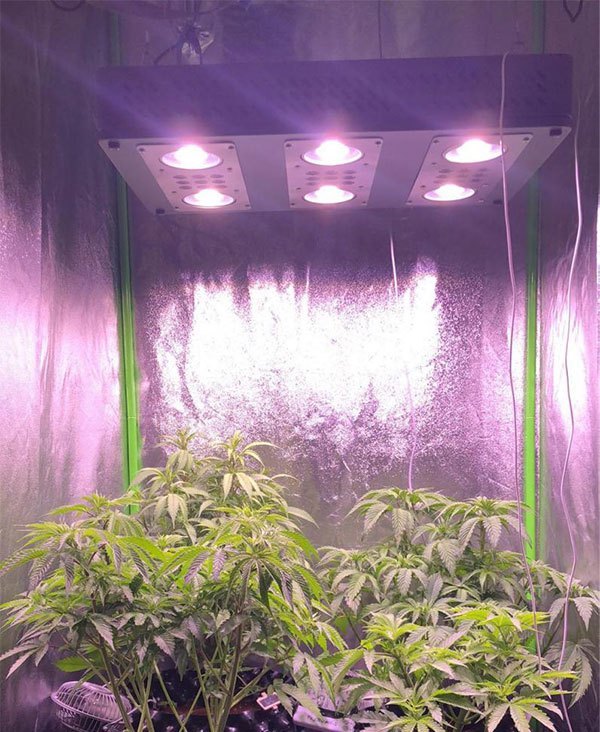
The first thing you should look at if your cannabis plants start exhibiting heat stress signs is the lights’ position. If they are too close to the plants and the leaves are curling at the tips or changing color, readjust the lights’ height. Maintain a larger distance between the lights and the canopies of the plants.
If you change the distance with no positive results, you should consider replacing the light with a different type. The best lighting systems for cannabis plats are LED grow lights because they are easier to control, cheaper, and cannabis plant-friendly.
Read next: Potassium Deficiency In Cannabis
Fit in an exhaust system
An exhaust system provides the grow room with cool and fresh air by sucking out hot, old, and stale air. It works like a reverse fan and, if fitted with a carbon filter, prevents cannabis scents from spilling over to neighboring areas.
[amazon bestseller=”exhaust system for grow room”]Treat damaged plants with supplements.
Some cannabis growers treat heat stress symptoms by using supplements. Even though supplements work in the long-term, they work best only if you use other techniques to cool down the grow space. Some of the best supplements to use for managing heat stress include kelp extracts and seaweed.
Managing Outdoors Heat Stress
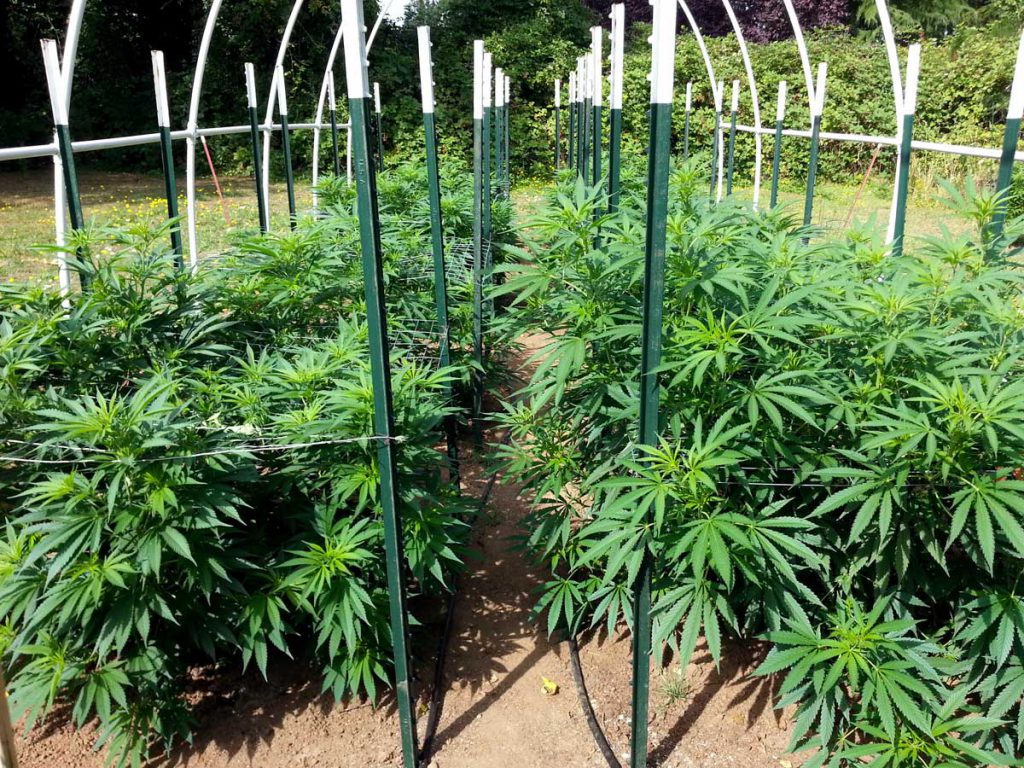
Controlling outdoor cannabis is more challenging than doing the same for indoor crops. Crops growing outdoors have to contend with natural calamities such as pest infections threatening the growth and future yields. Even though natural sunlight is good for cannabis plants, too much causes heat stress.
Controlling outdoor heat stress is also challenging, as you have to deal with monsoons and heatwaves. The conditions are especially tougher for growers closer to the equator and warm places. The following tips help in managing outdoor heat stress.
Time your plants watering sessions
Water the cannabis plants when the temperatures are less intense, especially if there is a heatwave. In this case, either watering in the morning or evening is the best option. Watering the plants in the middle of the day will form droplets that may magnify sunlight allowing plant tissue to increase heat.
Read next: How Over Watering Affects Cannabis Plants
Use portable pots
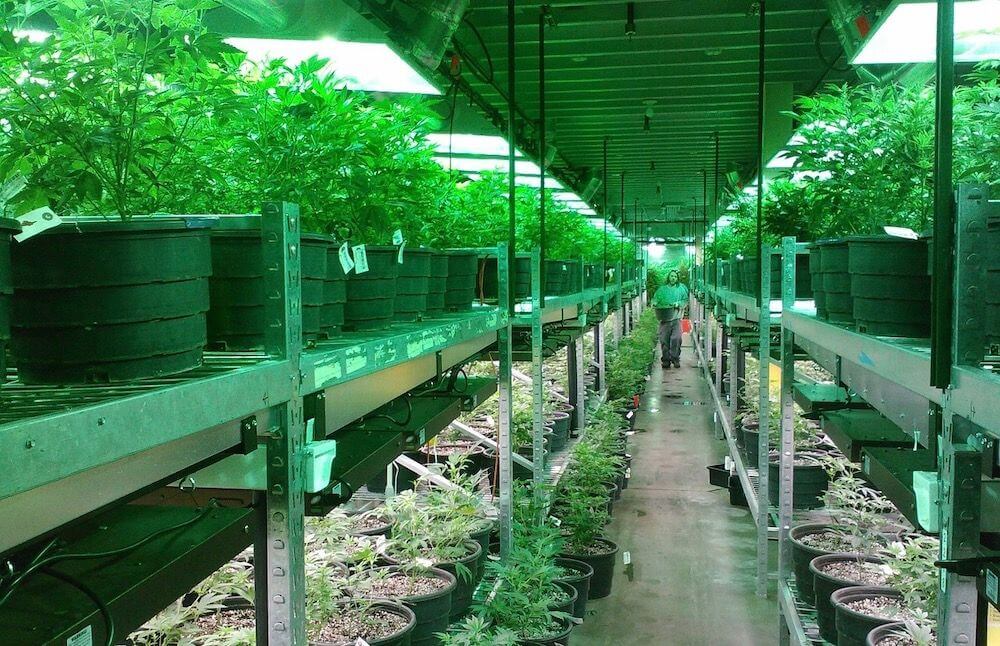
Instead of planting your cannabis into the ground, you can plant them in portable pots that provide you with the option to transfer them to sheltered spots when the sun is too intense.
Build a temporary shelter
Build a temporary shelter out of tarpaulin or cloth to protect the crops from intense heat when it gets too hot. Remove the shelter when the intensity subsides to allow photosynthesis.
Use supplements
Like indoor plants, outdoor crops can also benefit from using supplements to treat heat stress damage: kelp extract and seaweed help increase resilience and provide the crops with extra protection.
[amazon bestseller=”cannabis nutrients”]Grow heat-resistant strains
You can also reduce the risk of cannabis heat stress by growing strains that come with high-temperature resilience.
Wrapping it up
Heat is a necessity for healthy plant development. However, if the plants get too much heat, it leads to heat stress, which becomes a problem. However, if you follow the above tips, you can manage heat stress easily and in time to save your cannabis plants.


